Disney is known for a lot of things — incredible films, amazing theme parks and attractions, relaxing cruise adventures, and more.
Disney has faced its fair set of challenges along the way. Sometimes those challenges have come in the form of legal roadblocks or situations that otherwise would have put the company in a tough spot. That’s where the real ingenuity and creativeness of the team at Disney really shines. Sometimes it’s been as simple as using loopholes or unique legal strategies, but other times Disney has LITERALLY changed the law. Today, we’re taking a look at some of those times where Disney didn’t just sit back and follow the ordinary legal requirements but instead made the law work for THEM.
1 — Reedy Creek
We’ll start with what is one of the key aspects of Disney World that makes it work the way it does — the Reedy Creek Improvement District (RCID). Our friends over at AllEars have a fantastic article on the subject written by Disney historian Jim Korkis that we’ve used for reference.
You’ve probably seen signs around Disney World that say “RCID” on them, or seen things that say “Reedy Creek” and maybe never thought about it before. But RCID is critical to how Disney World is able to function in the way it wants.
In May of 1967, Florida’s then-governor signed a bill into law that established the RCID. He also signed acts to form 2 incorporated cities within the RCID — Bay Lake and Reedy Creek (Reedy Creek was later renamed to the City of Lake Buena Vista). You may not think of there being legit CITIES within Disney World property, but there are!
RCID is a “multi-purpose district that provides essential public services, regulates building codes, land use and environmental protections, and tries to provide direction for the efficient operation of Walt Disney World property.” Essentially, an improvement district, like RCID, functions as a political subdivision. There’s a Board of Directors (made of property owners) that govern that district. The district is then allowed to have pretty wide authority when it comes to governing its specific area — that includes decision-making power about “imposing taxes, adopting ordinances, contracting for professional services, handling pest control and more.”
Those famous purple — not standard green you’ll see in the rest of the U.S. — road signs in Disney World? Thank Reedy Creek.
As the Reedy Creek website explains, the RCID is responsible for overseeing land use in the district, as well as providing essential services, regulating certain building codes, and operating all public roadways.
All that might sound well and good, but what’s so important about it? Well, the RCID has complete jurisdiction over the property owned by Disney in Florida, so it basically functions like its own separate county.
That gives Disney more control when it comes to making decisions on things within the district. According to historian Jim Korkis, “If it wanted to, the district could build its own airport or nuclear power plant.”
RCID gets its income from the taxes and fees imposed within the district. The Board of supervisors conducts business for the district. These supervisors all have to be landowners. But, Disney owns the land in the district, right? Right. So, to work around this tiny problem, Disney actually sells blocks of undeveloped land to the supervisors. The supervisors then have to sell their land back to the company when their terms are complete. Ingenious!
Because votes from the landowners (who vote the supervisors into power) are proportional to the land owned, and Disney owns the land, basically Disney governs its own property.
Votes are strictly proportional to the acreage owned, so the company basically governs its own property. Basically, if the RCID wasn’t established, Disney would have to turn to county government leaders and regulators to get approval on all kinds of different internal projects.
With the RCID, a whole bunch of achievements have been made that wouldn’t have been possible otherwise. Here’s just a small list of things Disney has done in Florida that it wouldn’t have been able to do without the RCID:
- The establishment of the “Epcot Building Codes,” which “are based on a philosophy that encourages new methods in design, construction and materials.” These building codes “led to a wide range of imaginative projects and ideas, such as the construction of a fiberglass castle and an 18-story geosphere, while assuring a high degree of public safety.”
- The creation of Cinderella castle out of fiberglass — “Fiberglass was formerly considered too combustible for structural use. A sophisticated system of sprinklers, computer-controlled smoke detectors, and flame retardants made possible the 189-foot-tall Cinderella Castle that used more fiberglass than any other single structure up to its construction in 1971.”
- Disney World’s unique trash system — “The first installation in the United States of the Swedish-built Automated Vacuum Assisted Collection (AVAC) was for the Magic Kingdom. This unique method of waste collection allows refuse to be deposited at 17 collection points around the park. Every 15 minutes it is drawn through 24-inch pneumatic tubes, at speeds up to 60 miles an hour to a central compactor station at the back of Splash Mountain and then trucked out to waste management.”
And that’s just a SMALL list.
The existence of the RCID has let Disney take steps it wouldn’t have been able to do otherwise, and it continues to give Disney a large amount of control over its functioning today.
2 — Mickey Mouse’s Copyright
If there’s one character that is truly at the heart of the Disney Company it’s Mickey Mouse — the mouse that started it all. But, even Mickey Mouse is subject to certain legal constraints like all other creative works, right? While that is true, Disney has done quite a bit of work in this area to protect their beloved mouse.
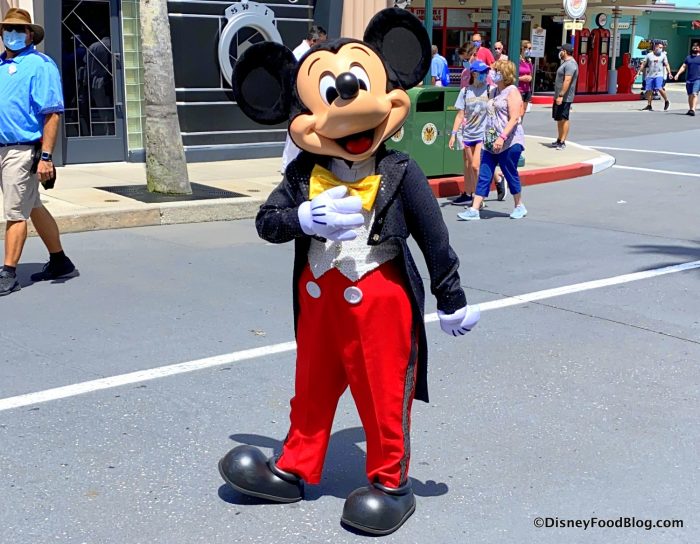
Mickey Mouse
One of the biggest legal areas Mickey Mouse has been involved in is copyright. Copyright law provides individuals (or companies) with exclusive rights over creative works, including fictional characters that are original and fixed in a tangible medium. While that copyright lasts, the owner has the exclusive ability to use and distribute their work. When the copyright expires, the work falls into the public domain, meaning anyone and everyone can use that work however they want to.
Mickey Mouse, like similar original fictional characters fixed in a tangible medium, is subject to copyright law. But, over the years, Disney has worked to extend their exclusive time with the Mouse.
When Mickey was first created, the copyright law allowed a maximum of 56 years of protection. When Mickey got close to becoming part of the public domain, Disney started lobbying to make some changes. That lobbying paid off. Ultimately, the Copyright Act of 1976 was signed by Congress which extended the copyright protection for already-published corporate copyrights to 75 years. That gave Mickey some more years of protection, but ultimately he was set to fall into the public domain in 2003.
As 2003 came nearer, Disney picked up its lobbying efforts once again. And, once again, Disney’s lobbying worked. The law that resulted was the Copyright Term Extension Act of 1998, but many refer to it by a more unique name — “Mickey Mouse Protection Act.” The Mickey Mouse Protection Act extended copyright protection from 75 years to 95 years. Do you have a protection act named after you like Mickey?? Yeah, that’s the power of Disney.
Under the current law, Mickey Mouse has just a few more years (until 2024) before he falls into the public domain. But, things aren’t quite as simple as they might look. 2024 will pull a few of the early Mickey films and the original Mickey design into the public domain under copyright law, but Mickey’s design has changed over the years. And trademark law likely complicates things.
Still, the situation with Mickey’s copyright is clear example of when Disney hasn’t simply sat back and let the law be what it will be. Twice in the past, Disney has actively worked to CHANGE the law — and it worked! It’ll certainly be interesting to see what happens as 2024 approaches.
Click here to see what happens when Disney doesn’t own Mickey Mouse anymore!
3 — Yellow Life Boats
Ever taken a look at or sailed on one of Disney Cruise Line‘s massive ships? They’re pretty spectacular for a lot of reasons, including the special rotational dining pattern, the amazing entertainment, and more. But, Disney Cruise Line’s ships are actually very unique for one reason you might not have noticed.
If you look at the outside design of a Disney Cruise Line ship, the overall color scheme is meant to remind you of Mickey Mouse (of course). There’s the dark bottom, the yellow for the shoes, and that signature red for Mickey’s shorts.
One of the most important parts about that design is the bright yellow that represent’s Mickey’s iconic shoes. But, the use of that yellow color ALMOST wasn’t possible.
On many other cruise lines, you’ll see bright orange lifeboats. But, well, orange wouldn’t fit into the Mickey aesthetic.
As the Disney Cruise Line website notes, Disney was actually the first cruise line to have yellow lifeboats instead of the regulation orange ones.
Disney actually had to get special permission from the U.S. Coast Guard to use this special color to keep in theme with the ship.
Like the situation with the Mickey Mouse copyright, this is one of those times where Disney didn’t just sit back and let things go — they actively fought to get those yellow lifeboats, and we can’t blame them for it — they look pretty great!
Click here to learn more about Disney Cruise Line!
4 — Appraised Property Values
The land Disney World sits on in Orlando is surely worth a LOT. Considering the fact that at the end of the day Disney is a company that (for many reasons) is looking to make money and increase its stock value, you’d think that property appraisals showing high and increasing values would be something Disney Would be happy about. But, with increasing property values come increasing property taxes.
Back in 2020, we shared how Disney sued Property Appraiser Rick Singh over a property tax issue, saying that the 2019 property tax appraisals for Disney World’s property were actually TOO high!
According to Disney’s lawsuit, Singh listed the value for EPCOT at $539 million, Magic Kingdom at $504, Animal Kingdom at $435 million, and Disney’s Hollywood Studios at $394 million. Disney didn’t say what it thought its resort’s value was but called Singh’s numbers “excessive.”
This isn’t the first time. This has been happening every single spring since 2016, and Disney previously had dozens of cases pending.
With those dozens of cases pending, you might have wondered if Disney’s efforts were all in vain. But, it turns out they weren’t. Their legal efforts actually worked.
According to the Orlando Sentinel, the Disney Company has settled their legal dispute with the Orange County Property Appraiser’s Office and will actually get MILLIONS in refunds from state and local taxing authorities.
At the time the Sentinel’s article was published in July, the exact amount hadn’t been calculated. But, the Orange County Tax Collector had estimated that Disney would get back about $1.3 million for the 2015 tax year, and likely similar amounts for tax years between 2016 and 2020.
In 2015, Disney paid about $23 million in property taxes in Florida levied on the 14 properties. But, it looks like it’ll now get some of that money back. If you’ve ever tried to fight your local home appraisal amount when it comes out each year to pay a smaller amount of tax, this probably sounds mega familiar. Same thing but on a massive theme park scale!
When it comes to challenging property appraisal values, Disney’s not alone. Universal Orlando and SeaWorld also sued the Orange County Property Appraiser back in 2016, alleging that the assessments of their properties for 2015 were too high. So, while this isn’t a battle that only Disney has faced, it is one where (again) it has succeeded.
5 — Disney’s Secret Land Purchases
Perhaps the most famous of Disney’s legal strategies is the one used when the company was purchasing land in Florida to create Walt Disney World. In this instance, Disney didn’t fight for a change in the law (like with the property appraiser or lifeboats). Instead, it used the legal system to its advantage and made creative legal choices to keep its plans quiet.
Our friends at AllEars have 2 fantastic articles all about Walt Disney’s sneaky tactics to purchasing land in Florida, which we’ve referenced in making this article and will reference below.
When Walt was looking at creating Disney World, he knew he wanted to acquire a large amount of land so he could have the freedom to create what he wanted and not be too close to neighboring businesses (unlike the situation in Disneyland). But, if the Disney name was attached to the purchases, he knew the land would suddenly spike and he’d have to pay top dollar.
So, to avoid that, Disney went about buying the land in a more creative way. The company set up various “dummy” corporations with rather pun-filled names like M.T. Lott Real Estate (some of which you might see mentioned on the windows on Main Street, U.S.A.).
Each of these “dummy” corporations then purchased land separately. By the time 1965 rolled around, Disney had secretly bought more than 27,000 acres of land for as cheap as he possibly could. But, not everyone was fooled by Disney’s strategy. When reports of the land being acquired got out, whispers and rumors began to spread and Disney’s name was often mentioned.
Eventually, The Orlando Sentinel released an article where one specific reporter, Emily Bavar, noted that she believed Disney was behind the purchases. That ultimately foiled Disney’s plans and those last few land purchases became just a bit more expensive. Walt purchased the first acre of land for about $80 and the last cost a cool $80,000!
Once the secret was out, Disney made an announcement and started openly explaining his ideas for Disney World. But, thanks to the company’s creative use of the law, they were able to acquire much of the land that would ultimately become the Most Magical Place on Earth for fairly cheap!
More Legal Battles
Of course, this doesn’t even come close to going over all of Disney’s legal battles and it certainly doesn’t cover the creative uses of the law that are sure to come.
Disney is constantly working to further its interests or protect its property (as many companies do), and that’s something that likely won’t end. Recently, Forbes shared an article about Disney’s battle with several Marvel creators about the copyright rights to some of the popular Marvel characters. With the broad range of intellectual property that now falls under the Disney name — Marvel, Star Wars, Pixar, and more — we have a feeling the legal challenges will continue.
And as Disney continues to develop new technologies and push the envelope with new developments, it may continue to use creative legal strategies to make its plans work.
Only time will tell what interesting legal things we’ll be writing about 50 years from now.



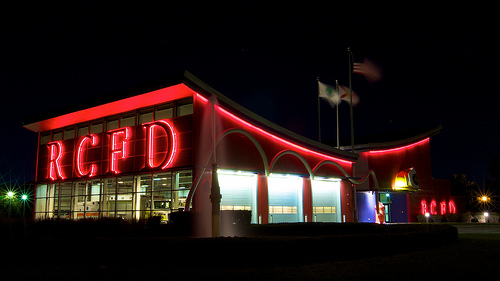
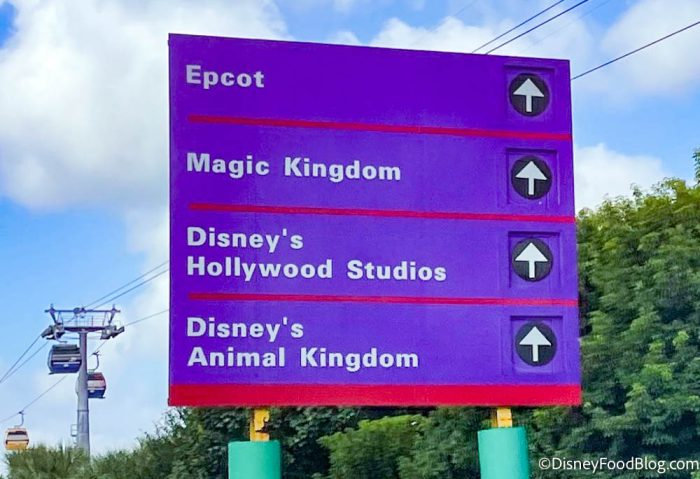

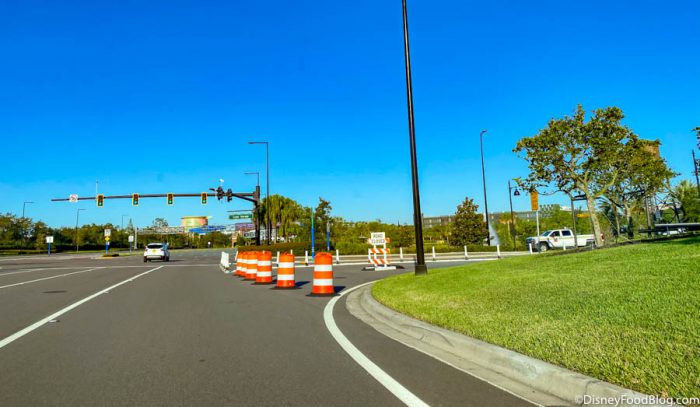

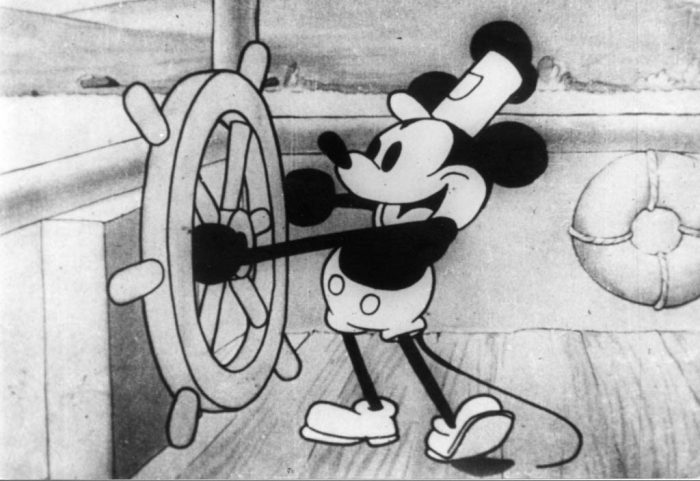
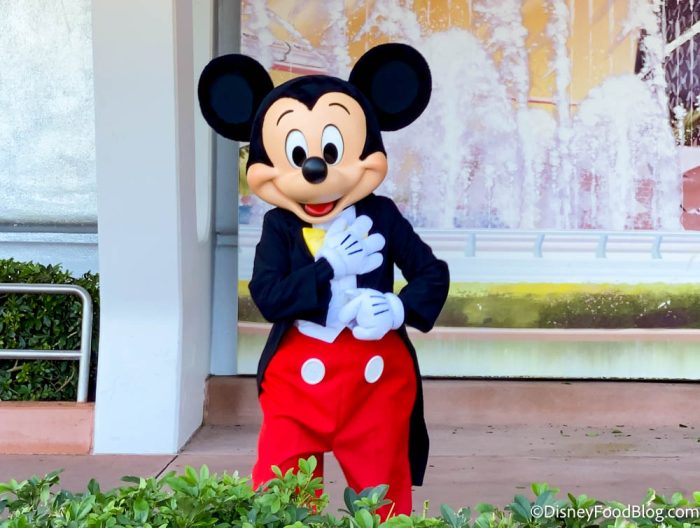
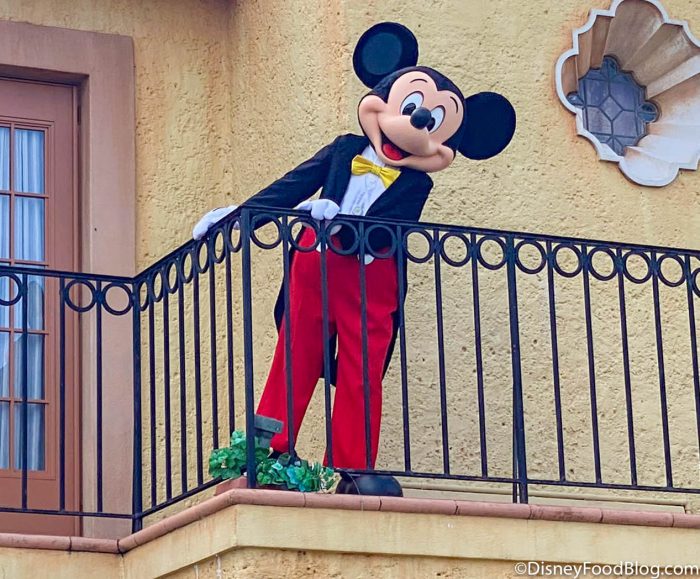
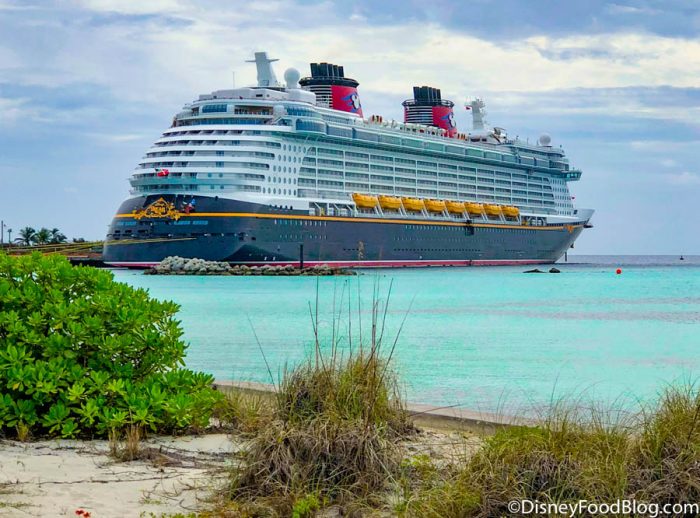
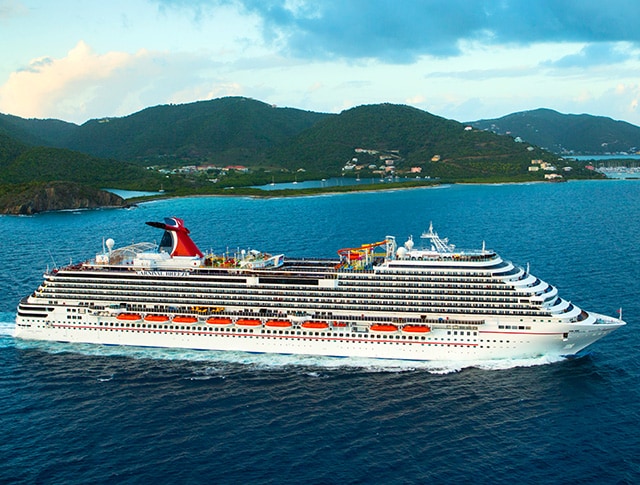
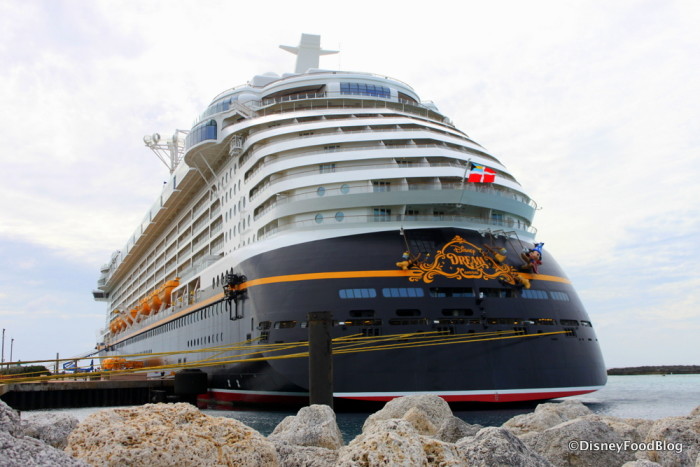
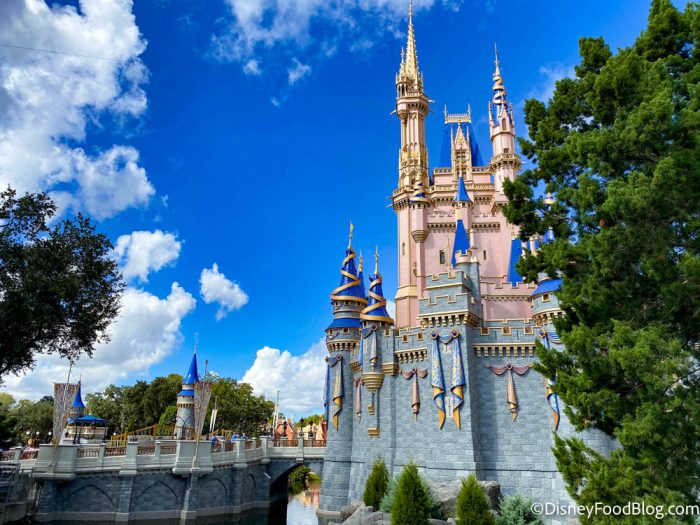
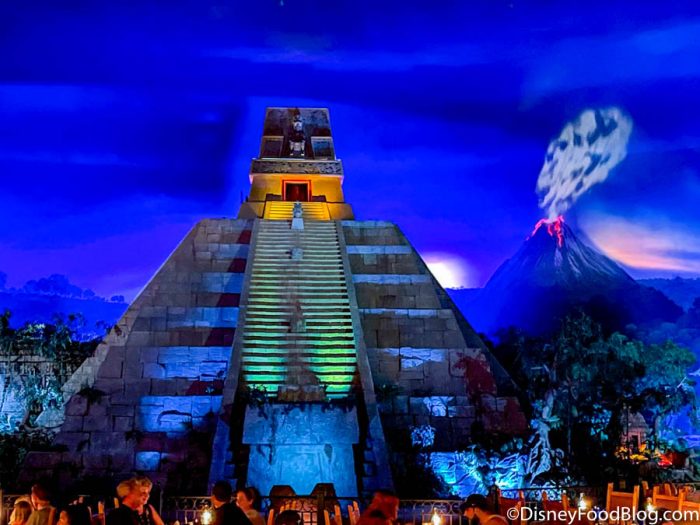
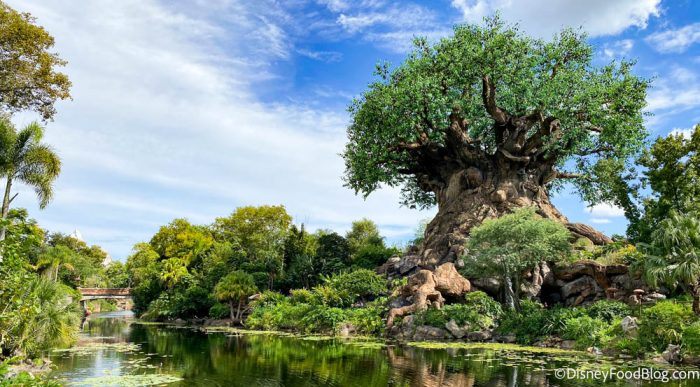
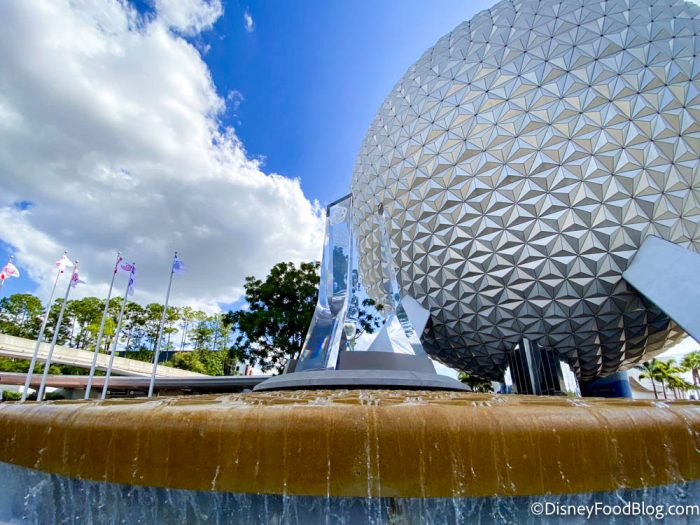


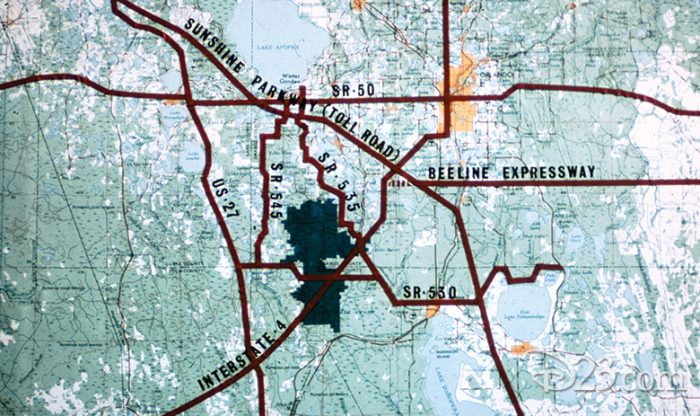

 Our handy (and portable!) ebook guides make sure you get the best deals and can plan a vacation of a lifetime.
Our handy (and portable!) ebook guides make sure you get the best deals and can plan a vacation of a lifetime.
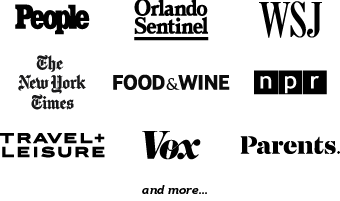
TRENDING NOW
Amazon's Black Friday Week is right around the corner!
Reimagined Test Track (or Test Track 3.0) is opening in 2025, and we're breaking down...
We have a special throwback recipe for you today -- Cinnamon Rolls from Main Street...
As much as we love the Disney Skyliner, there are two downsides to it, as...
Skip the line for drinks by going to this Disney’s Hollywood Studios bar instead!
See the FULL LIST of menu items coming to the 2024 EPCOT Festival of the...
A new streaming option on Disney+ will allow accounts to "pause."
An iconic Magic Kingdom attraction has suddenly closed!
Disney's latest ship has arrived in the Big Apple!
It seems Disney is finally ready to share more exciting news about one of its...
We had Afternoon Tea at The Cake Bake Shop!
Now is the time to grab gift cards!
A Disney World hotel is EXPANDING!
There's a pair of Disney crocs now available online!
Let's try out some NEW Disney treats!
A major celebrity took to Instagram to share their excitement about a recent Disney World...
Big Thunder Mountain's upcoming closure could affect all of Magic Kingdom.
Well, we weren't expecting this, but we may have just found an unfortunate side effect...
The Haunted Mansion has changed in Disney World!
There are a couple of things, a couple of obscure things that we do every...